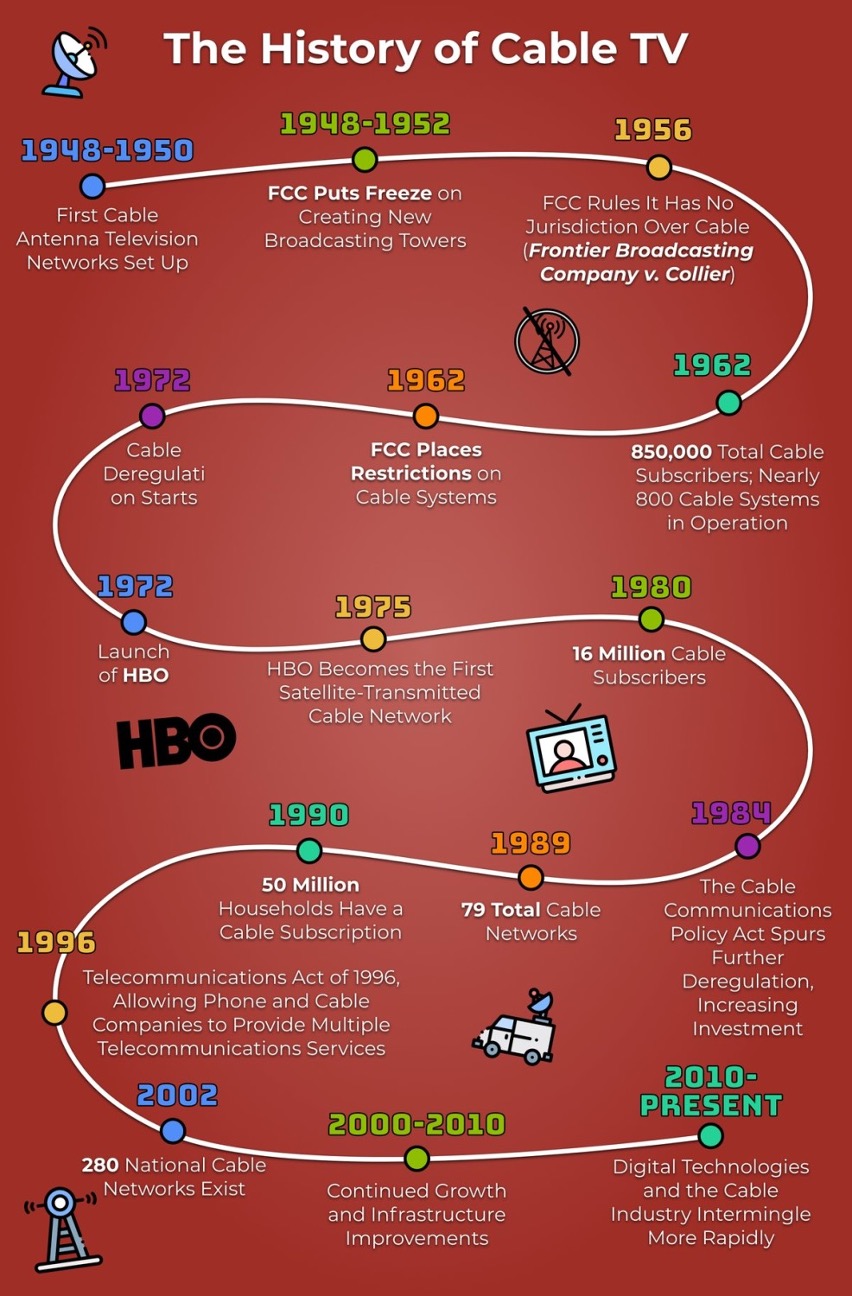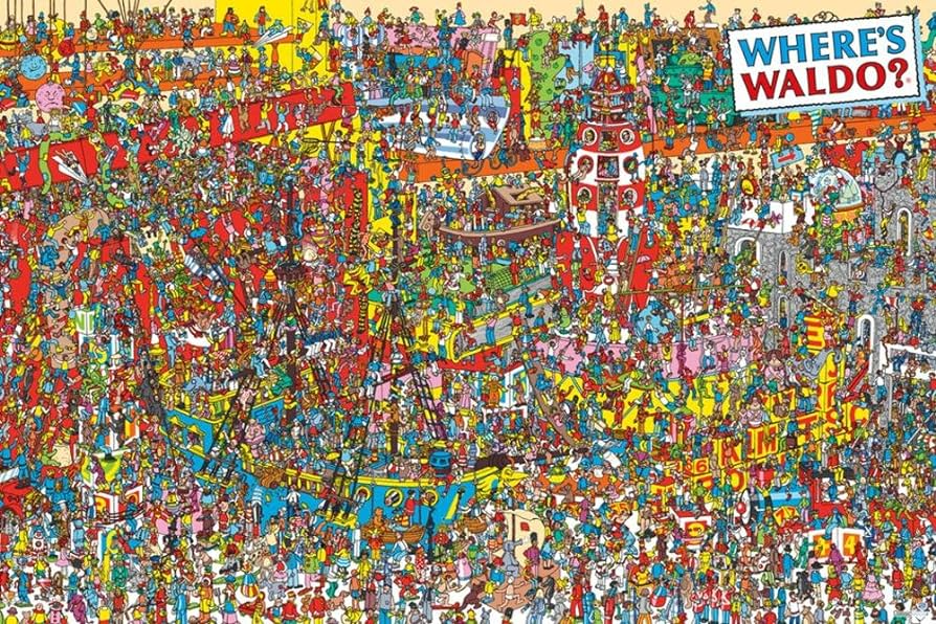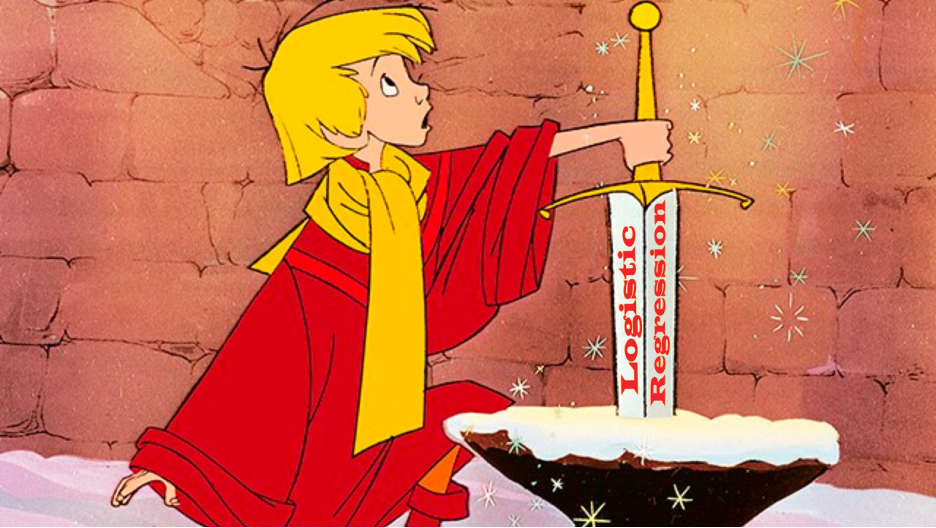Did you hear about the new partnership between Disney and Warner Bros? They’re bundling Disney+, Hulu, and Max.
And how about the Comcast offering?
They’re bundling Peacock, Netflix, and AppleTV+
Every streamer is making their sports play, the latest with Netflix announcing their broadcast of the NFL on Christmas day on top of all of the other streaming sports offerings.
What does this all amount to?
A reversion to what we already had. When cable came on the market in the 40s, it was a novel way for broadcasters to broaden their content beyond the standard 6 or 7 analog broadcast channels. More content, more ads, more publishers. It was a boon for consumer and for the industry as a whole as it created far more opportunity for content producers to make money through advertising.

Over time, people became frustrated with the glut of content, most of it missable. The problems were twofold:
- Creating quality content is difficult and expensive, so studios and producers could only create so much.
- There was far more available airtime than quality content, so cable broadcasters had to fill the air with reruns, infomercials (remember ShamWow?)
This surplus of airtime and lack of quality led to the obvious question: Why are we paying a premium for cable when we only watch a fraction of what’s available?
The ideal solution
was the ability to cherry pick the quality stations: ESPN for sports, HBO for shows and movies, News, and specific interest channels.
When streaming came about in 2007 with Netflix leading the charge, it was this hope turned to life. You could now pay a small fee to access endless quality content with no ads. It was basically TV magic.
Airtime was no longer an issue because all content was on demand, so airtime was simply the time consumers allotted to watching what they want. Pause, come back when you’re ready.
The draw of this model was pervasive and every studio and major tech company didn’t want to just make licensing fees on their content, they wanted to own the userbase and the data and membership fees that come along with them.
This has led to a return to a glut of missable content as the “airtime” has shifted to scrollability. Netflix wants you to scroll left, right, up, and down, and in order to fill the page, they need more and more content that is juuuuust watchable that you’ll give it a shot. There are a few hits, but most of it is deeply, deeply meh (at best) or “why does this exist?” at worst.
The proliferation of streamers has now returned problem #1 & 2:
- Creating quality content is difficult and expensive, so studios and producers could only create so much.
- There was far more available… tile slots… than quality content, so streamers have to fill them with mediocre content and syndicated content.
Shows and movies became less centrally available so that people had to not only shell out a lot of monthly cost to watch what they want, they also had to research which content was where. It was like Where’s Waldo of your favorite show.

It’s there somewhere, I know it!
We’re now in the re-consolidation phase
where the broad frustration and flattening subscriber numbers mean that the platform providers need to band together and offer combinations of their platforms.
This will most likely lead to consolidated platforms that offer the streamers as “streaming networks” that subscribers can scroll through all for one high cost that is less than the fragmented costs of streaming subscriptions.
This sounds… exactly like cable. The model works through subsidizing quality content: premier shows, sports licensing, movies; with medicore content. It’s the same as the record industry and albums: You have the 1-3 singles from the album and the rest is forgettable.
We will see where this goes, but the signs point to a shift back from bifurcation to democratization. Consumers will have more control of when and what they watch, but their membership fees will pay for all of the content combined, and the streamers will revert to looking like the networks of the past.
As we said in our newsletter on the growth of FAST streamers, just like baggy jeans, chunky shoes, and oversized sweatshirts being cool today, the TV landscape is starting to resemble those halcyon days of the 90s.



